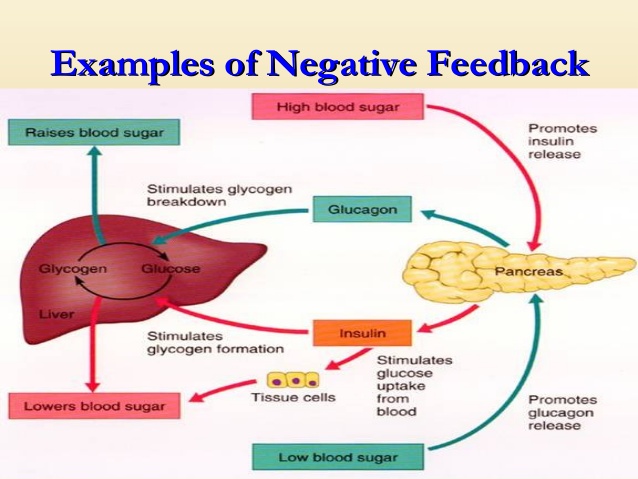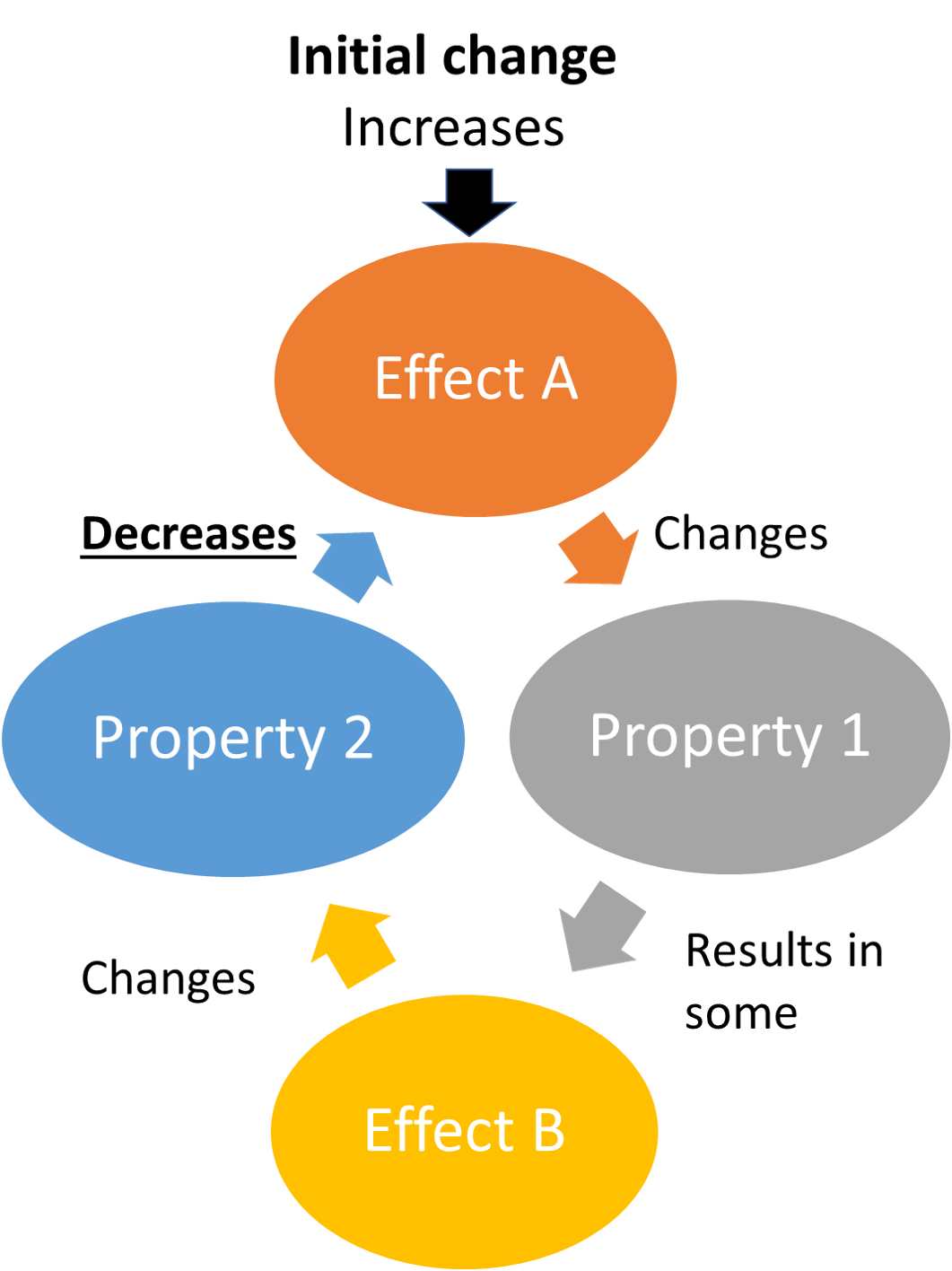
The negative feed backed control systems doesn’t oscillate by themselves, because they are controlled by inverting operation of input and feedback loop. When the negative feedback is provided to the input, it adds up the input signal and maintains the desired output.

Similarly, if we connect negative input to the op-amp, then it’s output becomes positive (inverted output). When the input signal is positive, the output of the op-amp becomes negative and the negative feedback will regularize the op-amp to be in a state of desired output condition. If Vin is the input signal of the op-amp through resistor Rin and Rf is the feedback resistor, then the output of the system is controlled by feeding back the signal of a gain ratio of Rf ÷ Rin. An electronic amplifier is the example of negative feedback system.Ī negative feedback amplifier is designed by connecting the input signal to the inverting pin of the op-amp and connecting some amount of output signal to the input, as feedback loop through a resistive path. The negative feedback loop is used to control or decrease the excess output of the system, by subtracting some amount of signal from input. In this, X is the input signal and Y is the output signal for the system G, and H is the negative feedback loop for controlling the input signal which is summed at the input signal.Įxample for negative feedback control system Negative feedback block diagramĪ simple block diagram of negative feedback loop is shown below. As the negative feedback loop decreases the input signal level, it is also called as “Degenerative feedback”. The block diagram of negative feedback system is shown below.

This can be achieved by using a negative feedback control. When the output of the system is increased more than the desired output, instead of increasing, we should control the output by decreasing the input.


 0 kommentar(er)
0 kommentar(er)
